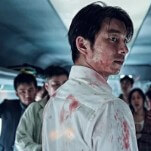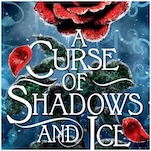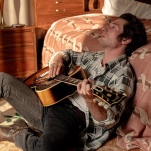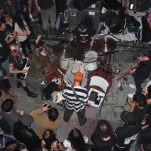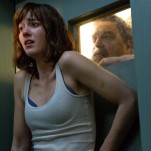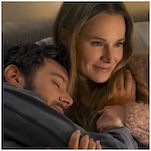The Green Knight’s Source Material Is the Perfect Story for Our Current Moment
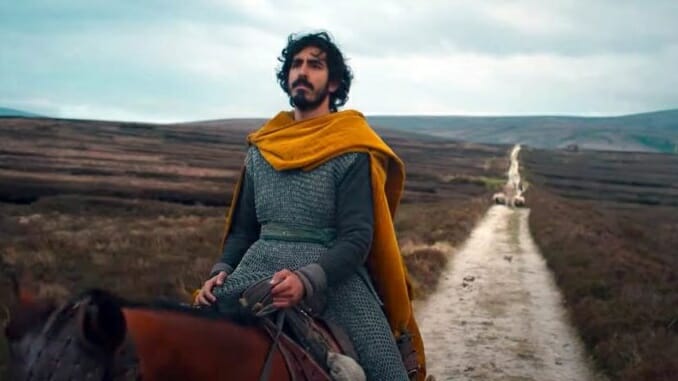
Arthurian storytelling is just not a surefire winner at the box office in the United States. It may be a fundamental incompatibility with our national character or something, or it just may be that the last few specimens have not been very good. King Arthur (2004), starring Clive Owen, was boring and unimaginative, and 2017’s King Arthur: Legend of the Sword with Charlie Hunnam was ridiculous. It seems a sad truth that, when Hollywood gets its hands on them, the grandest stories so often become the laziest adaptations.
This is why the fearful, foreboding take by David Lowery, out today from studio A24, is so intriguing. The Green Knight is based on the old tale “Sir Gawain and the Green Knight,” a story traced to the 14th century, one of the most popular translations of which comes to us from none other than J.R.R. Tolkien. It’s up there with Mallory in being part of the “canon” of Arthurian literature. And like Mallory, it is rooted partly in tragedy and fallibility, of the kind that could make it the perfect subject for a creepy film adaptation. (Speaking from experience, it makes a great campfire story for four kids.)

-

-

-

-

-

-

-

-

-

-

-

-

-

-

-

-

-

-

-

-

-

-

-

-

-

-

-

-

-

-

-

-

-

-

-

-

-

-

-

-















